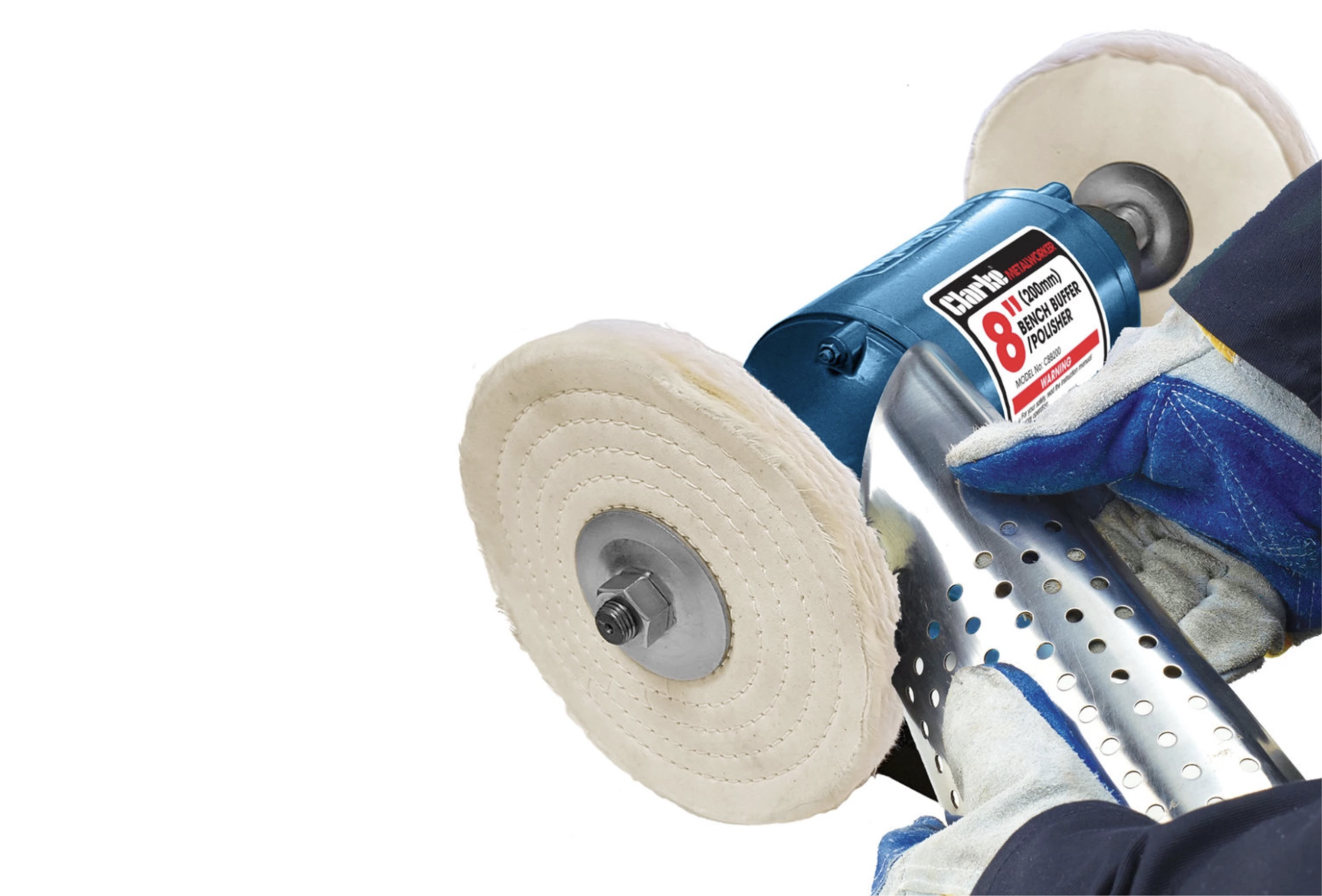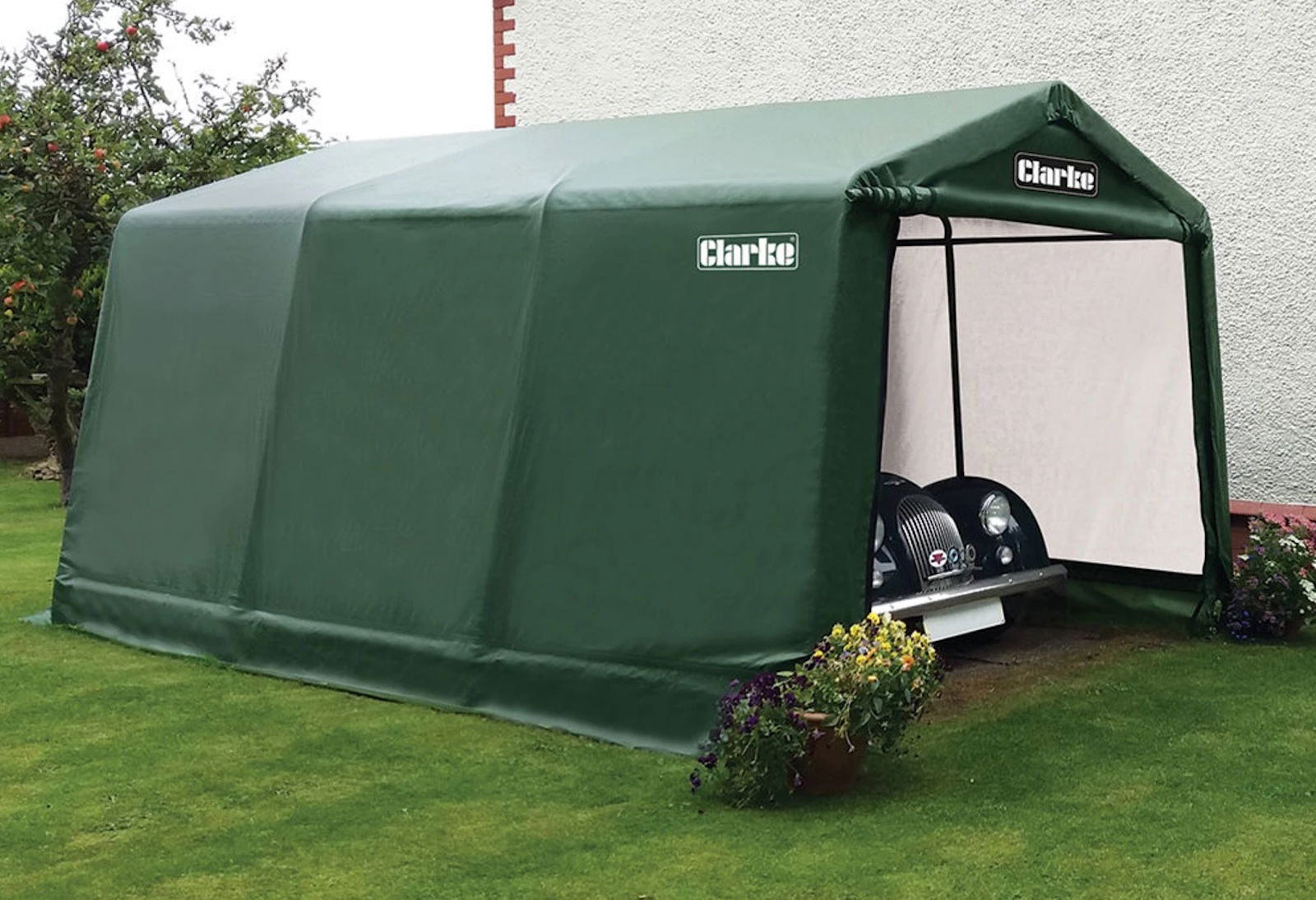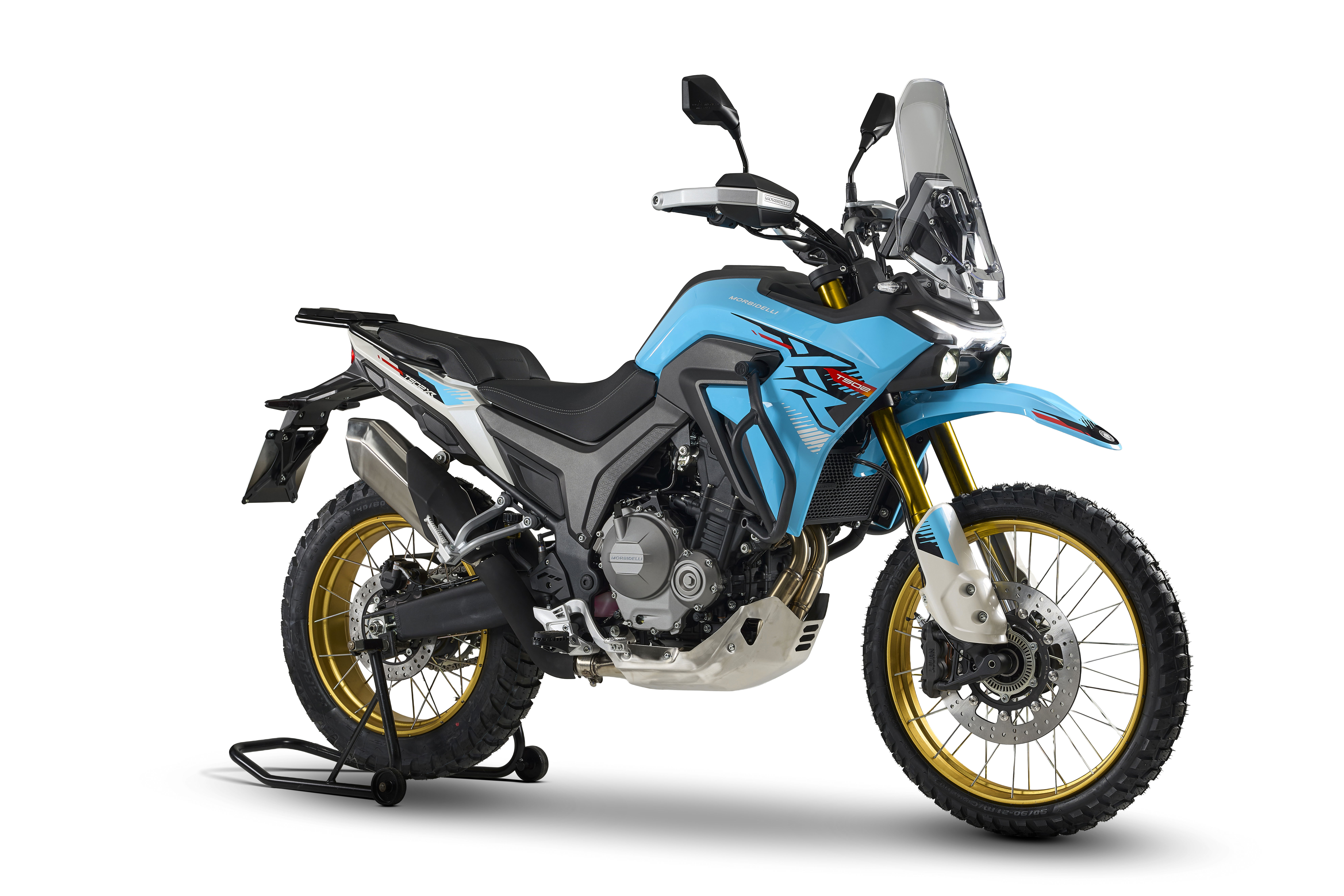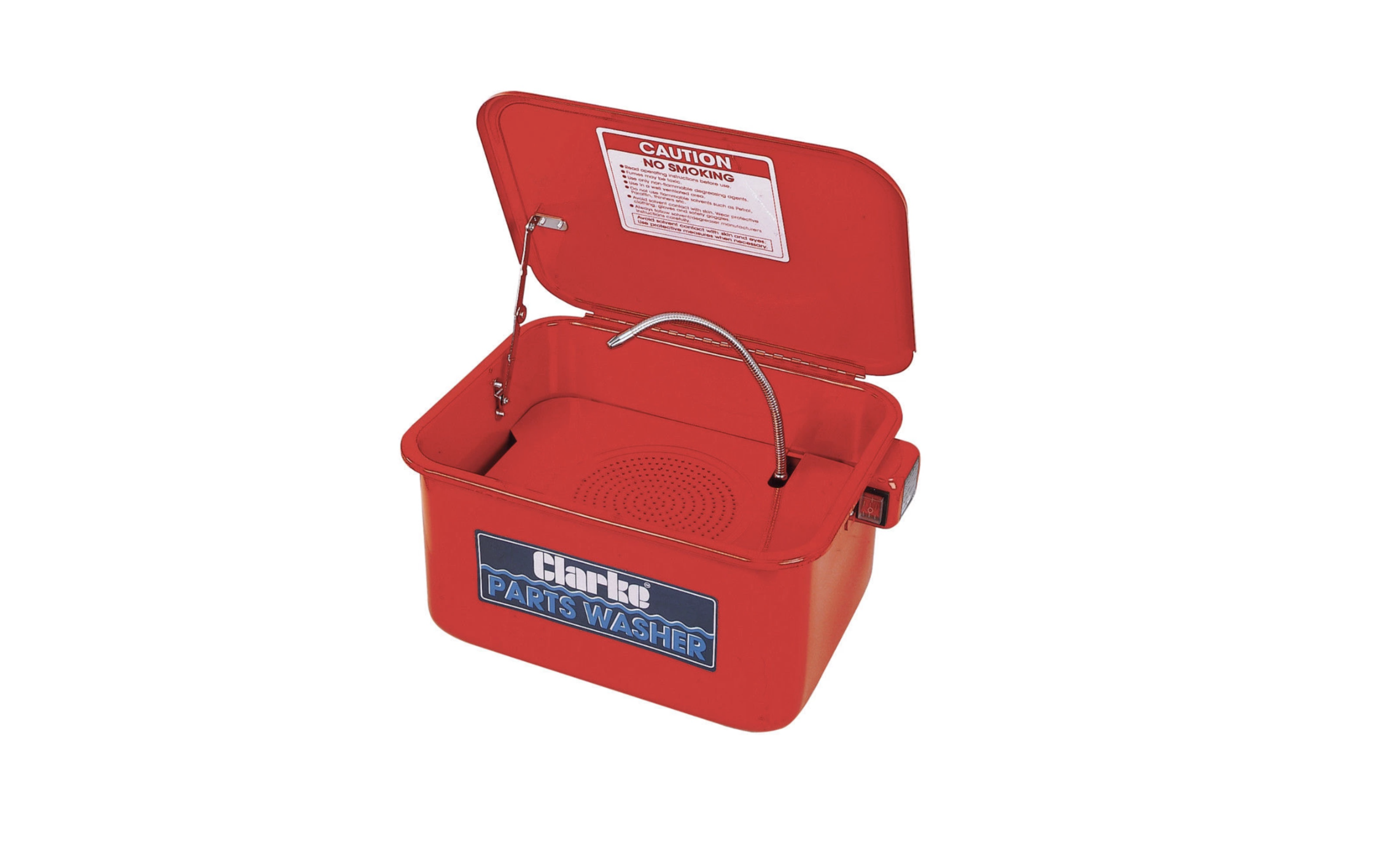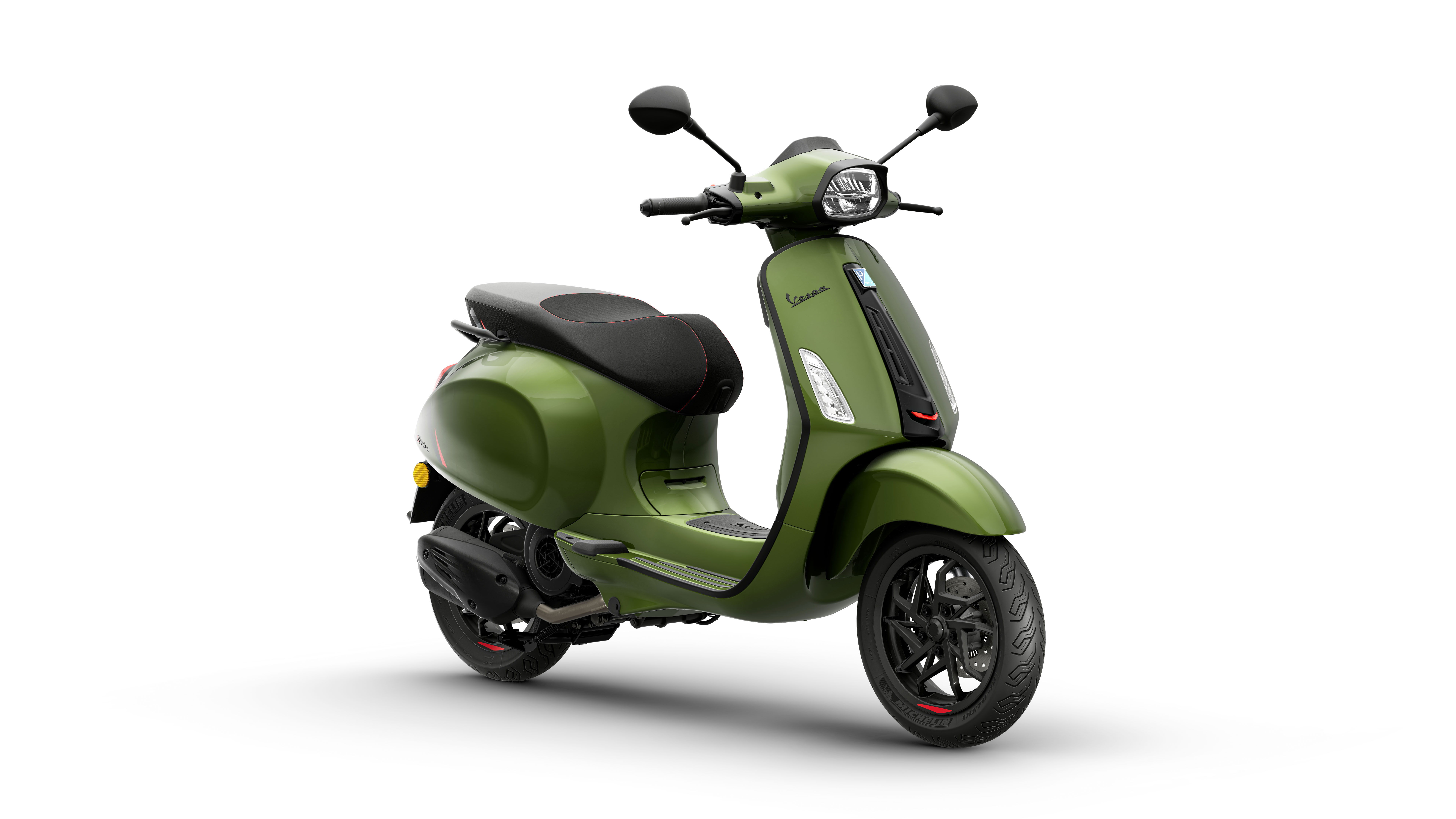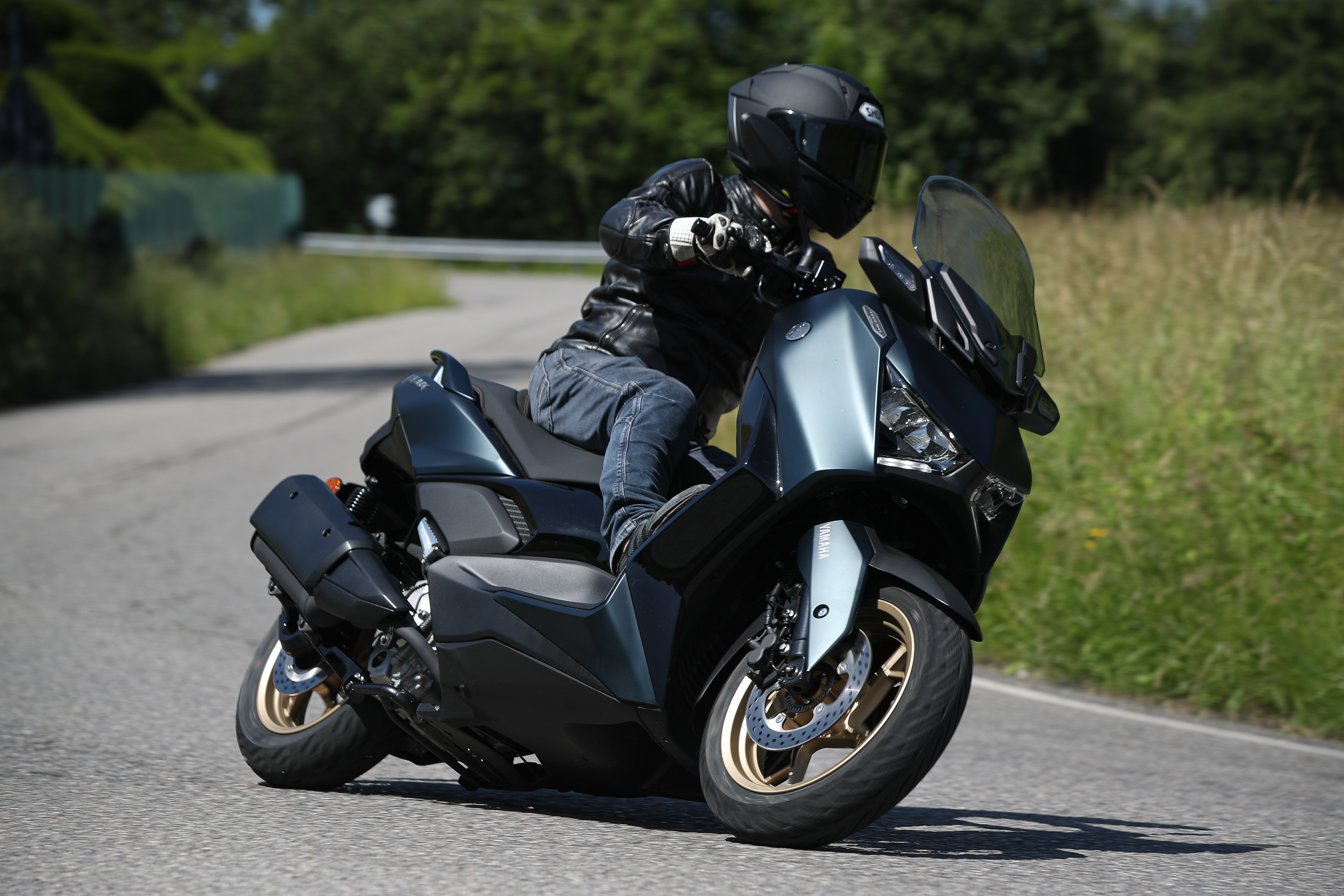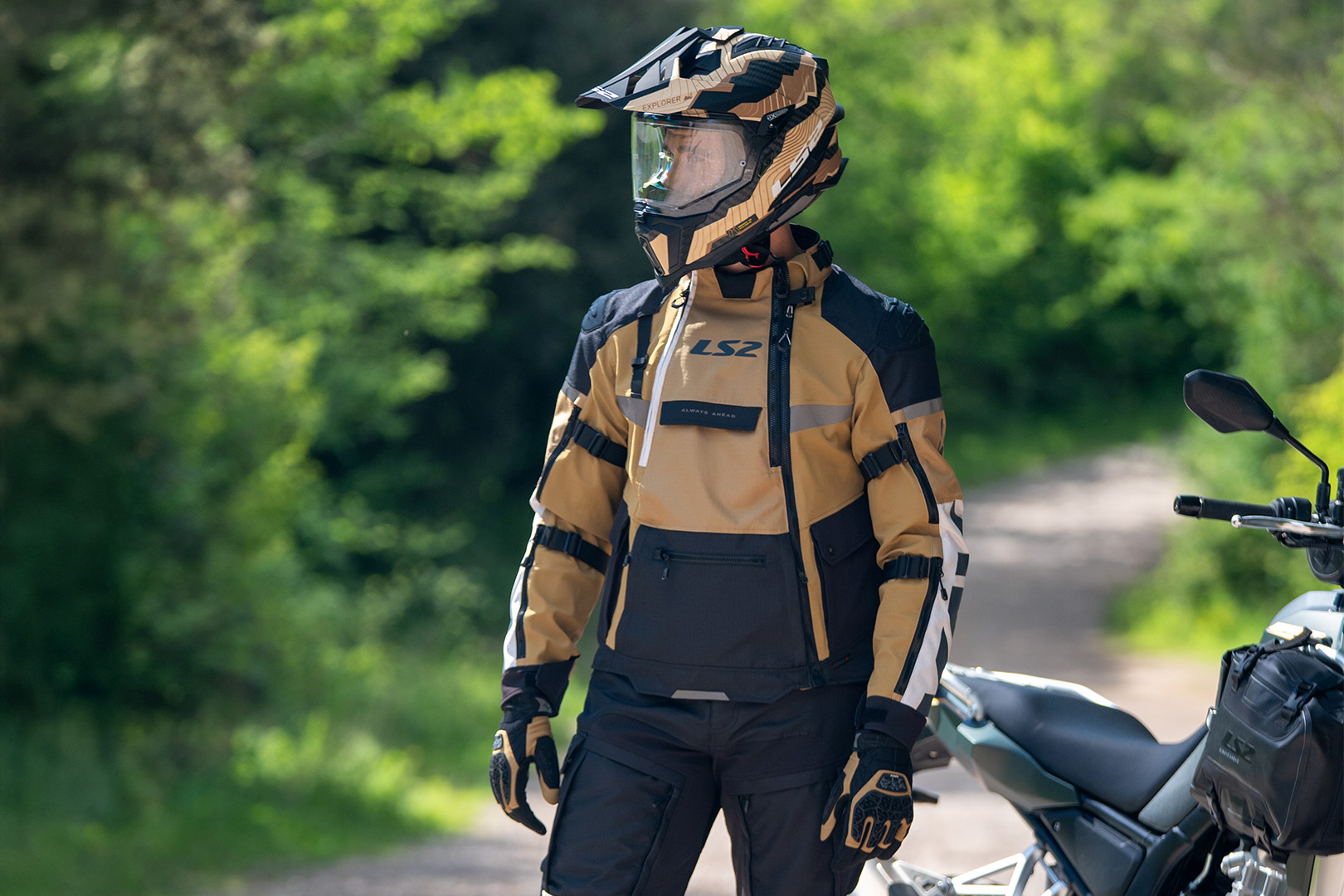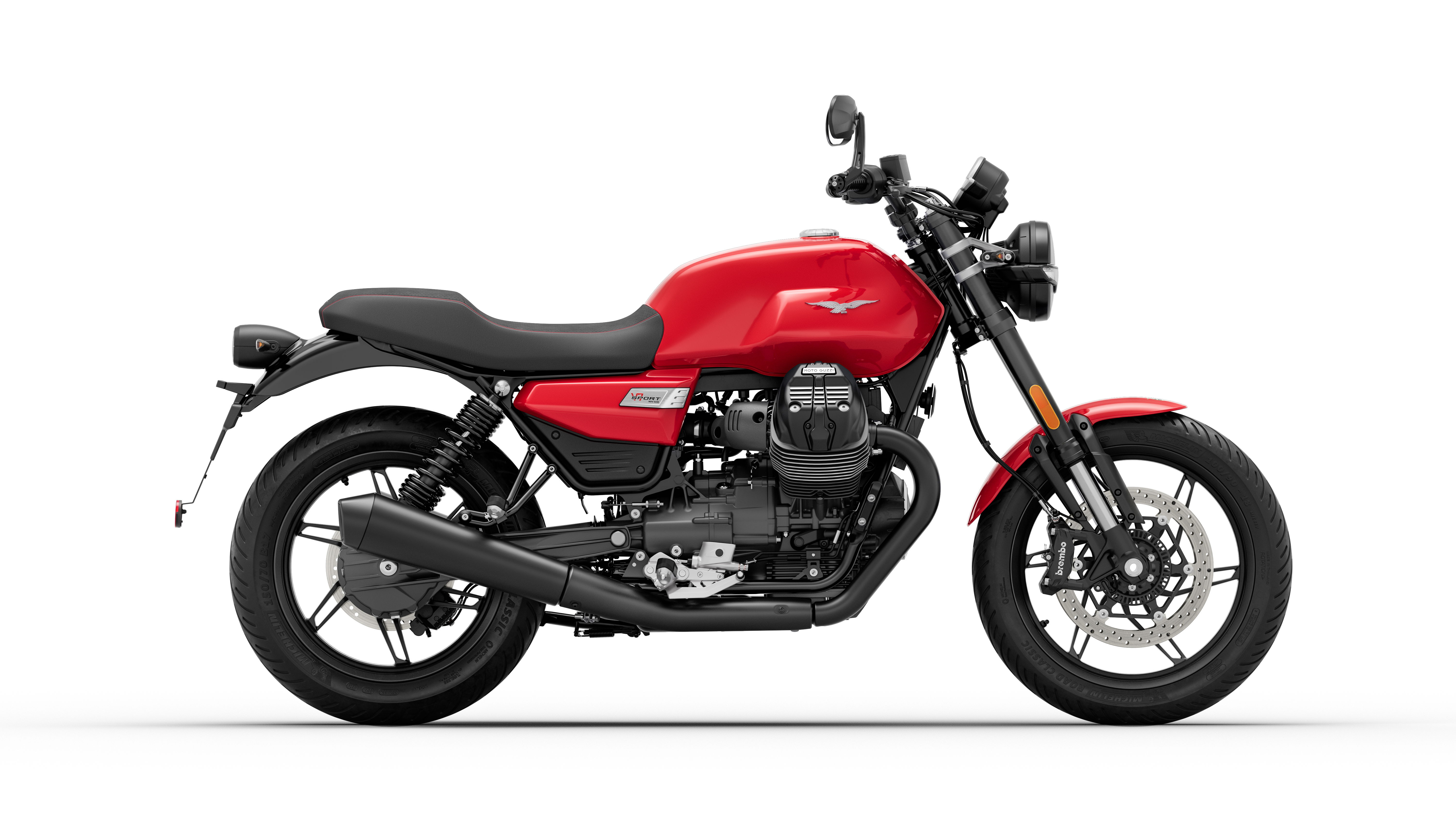Top 10 types of bike that could make you money
What are tomorrow’s high-value classics?

IF you’re looking to make a quick buck then investing in a motorcycle probably isn’t the best bet – stick it into some high-risk bonds and hope for the best instead.
But those bonds aren’t going to fill you with joy every time you peek into the garage, or take to you work or out for a blat at the weekend. The best of both worlds could be a bike that’s going to keep its value or even rise over the time you own it.
Bear in mind that, as an investment, bikes have got significant problems. They need maintaining, servicing and insuring, and there’s always the risk that the used value will plummet. But then again, values on some have risen incredibly over the last few years – anyone who bought a decent RG500 or RC30 a decade ago will be basking in that warm knowledge that it’s now worth much more than it cost.
Here’s our check-list of the types of bike that might go up in value. You should be able to find machines of most shapes and sizes, and fitting most budgets, by following these rules. And if luck is on your side, it could increase in value instead of depreciating during your ownership.
Have you taken the plunge on a future-classic? Let us know your tips for money-making machines.
��
10. Blue chip classics
There’s little doubt that acknowledged classics which are already worth a fortune today will keep creeping up in value over the coming years. If you’ve got the sort of finances – and desire – to buy a Brough Superior or a Vincent Black Shadow, you can be pretty comfortable in the knowledge that your expensive old bike isn’t about to become a cheap second-hand commodity. Down-sides? Well, usability for one, and you’ve missed the boat on the massive price rises; the true blue chip machines are already residing in multimillionaires’ collections.
9. Timewarps
Zero-mile bikes seem to appear with surprising regularity at auction and occasionally they achieve prices that are enough for a double-take. But this isn’t really a route that’s ideal for our purposes because keeping the bike’s unique selling point means you never get to use it. It’s also very sensitive to the bike in question, and it’s often not the machines you might expect that benefit most from remaining ‘factory fresh’ their entire lives. For instance, there are probably dozens of zero-mile Ducati Desmosedici RRs out there, all in air-conditioned garages with owners hoping to make money. In fact, finding a more run-of-the-mill bike that’s never been used is much more difficult, and it’s these more prosaic machines that are the bigger surprises when they come up for sale. But, to be honest, while it’s lovely to see a true timewarp bike, owning one is probably not a lot of fun – there are better ways to invest money if you don’t want to use it.
8. Famous connections
A celebrated bottom can impart value to the bike it sits on that no amount of polishing can duplicate; buy something with famous connections and it might just be a wise purchase. Once again, there are problems, though. These days, as soon as a celeb sits on a bike it’s likely to appear instantly on eBay at some crazily inflated price – and the trick to buying one is getting it without paying over the odds. The celebrity involved and their connection with the bike is also a huge variable. Lawrence of Arabia’s old Broughs are probably some of the most valuable bikes in the world these days, but something that a ‘Hairy Biker’ once rode for a TV series probably won’t reach such heights. Oh, and there are potential invisible pitfalls – just ask the guy who paid well over the odds for a Rolls Royce formerly owned by Jimmy Savile only to find it was worthless a few months later when news of Savile’s crimes emerged.
7. Unloved-when-new
Bikes that are brilliantly good aren’t necessarily going to be the best investments – they usually sell in big numbers and that means there will always be loads on the market. Things that were shunned when new might actually be a wiser money-making gamble. Check out the prices being asked these days for Aprilia Moto 6.5s, for instance, or Ducati SportClassics – neither sold well, and as a result there aren’t many out there. It’s a risky gamble, though, because many bikes that were unloved were unloved for a reason.
6. First-of-a-dynasty
Usually bikes depreciate every time a new model is introduced – but sometimes the original version of a machine that goes on to huge success can become the most desirable. It’s definitely happening with some modern classics. Slab-sided GSX-R750s from 1985 have a strong following and original 1992 Fireblades and first-gen 1998 Yamaha R1s are going in the same direction. Originality and condition is vital here – it’s surprisingly hard to find a first-gen Blade or R1 in an unmolested state, with original exhaust and no damage. The best standard bikes are the ones to look out for. Don’t expect to make millions, but buy one now and you’ll probably get just as much back for it when you sell it on in a few years, and maybe a bit more.
5. Bona fide beauties
Beauty is timeless and as a result it’s one of the sure-fire ways to identify a future classic. Take perhaps the most obvious example in motorcycle history, the Ducati 916. The moment the Tamburini design was first shown, it was touted as a classic in the making, and more than two decades on it’s still… a classic in the making. Yep, this isn’t a quick way to make money, but as the number of really good 916s declines the best will start to increase in value. They already hold money better than any 20-year-old production bike has a right to, and don’t represent a crazy buying decision these days – they’re affordable, not depreciating and still hold their heads fairly high in terms of performance and handling. Rare versions are becoming pricy and the more ‘normal’ models will be dragged in the same direction as a result.
4. Pricy rarities
Sometimes a bike is launched with the intention of being a low-volume, high-priced rarity from day one – an ‘instant classic’ – and sometimes it actually works, with values remaining strong and starting to bounce back upwards when they’re still far younger than a ‘real’ classic bike. It’s still early to make definitive calls on them, but the likes of the Ducati Desmosedici RR and BMW HP2 (both Sport and Enduro) could fall into this category. Desmosedicis have depreciated, but they’re hard enough to find to ensure that they will never become cheap second-hand bikes. And HP2s, even with a few miles on them, are still turning up for sale at prices not far from their cost when new. Whether or not any of these bikes will rocket in value is the unanswerable question, but their prices seem solid enough to make them relatively low-risk buys – albeit ones that already require a serious investment.
3. Weirdos and sales flops
You’d have thought that being a bit rubbish when new would be damning for the used values of a bike, but on occasion the result of a slagging from the press or misjudgement from a manufacturer can be such low sales that the machine in question becomes a curiosity. Using oddball technology or styling is often the route to this – leading to bikes that aren’t actually bad but never caught on. Think BMW K1, for instance, or Yamaha GTS1000. Or how about the Gilera CX125 or – and this is the daddy of the failures – Bimota’s V-Due. Try to get one of them for under £10k these days. The turbo bikes of the 1980s have also been affected – CX650 Turbos and the like are getting steadily more expensive. Or how about a rotary-engined Norton or Suzuki RE5? More recently, the Suzuki B-King has sold in small enough volumes to ensure that it’s always going to turn heads – prices are still dropping at the moment, but for how long?
2. Homologation specials
If there’s a solid gold route to future classic status and rising values, a bit of competition success combined with rarity has got to be it. And that’s exactly what homologation specials usually have. To be fair, you’ve left it a bit late to get a cheap Honda RC30 – you might find a dog for under £10k, but good ones are heading to £30k and beyond. That makes RC45s at around £15k on average start to look like bargains. Similar money buys a Yamaha R7 or OW-01. Lower down the ranks are the likes of ZXR750RRs, but their close relationship to ‘normal’ superbikes means they’re not likely to get the same value boost. There haven’t been many homologation bikes over the last few years because WSB rules haven’t prompted manufacturers to make them. Prices for the late ‘80s and early ‘90s machines are still heading upwards though, so you haven’t missed the boat entirely even though it left dock quite a while ago.
1. Two-strokes
There’s no shortage of riders out there who grew up dreaming of a Suzuki RG500 and watching their racing heros wrestle with uncooperative strokers – and with such bikes long since gone from the ranges of any manufacturer it has been inevitable that used prices would rise. Those big 500cc machines are already getting very pricy – and still increasing in value – and they’re dragging more common 250cc two-strokes up in their wake. Remember when you could pick up a decent RGV250 for maybe £1500? Not anymore. The same applies to NSRs, KR1Ses and TZRs. If you want to relive your two-stroke days or – if you’re of a younger generation – experience them for the first time, do it soon or be prepared for the time when any good-condition two-stroke race-rep of more than 125cc is going to set you back a fairly serious chunk of money.
Want more?
Top 10 great 2-strokes for under £3,000


